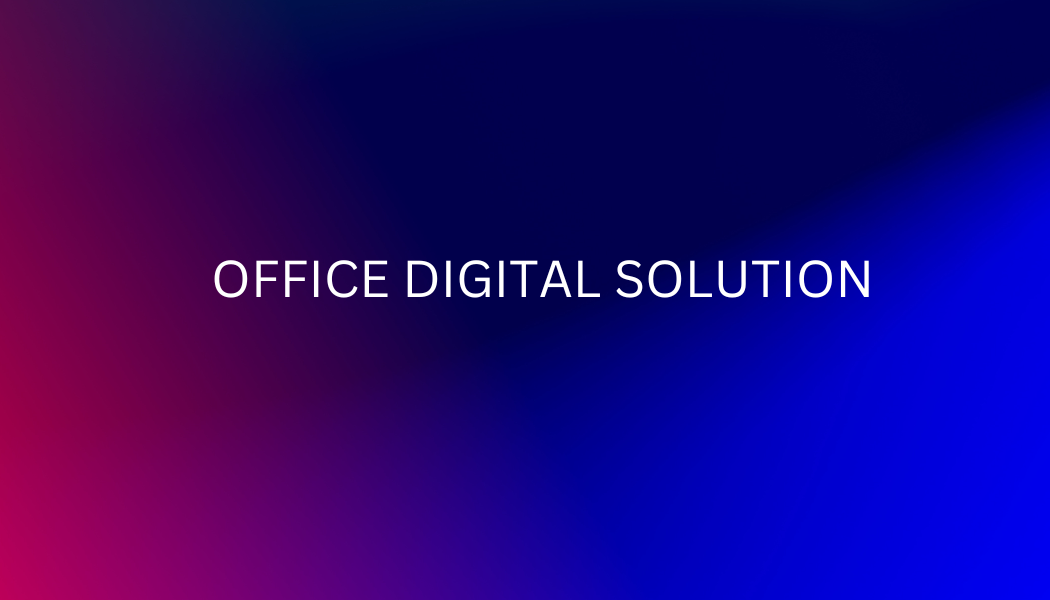Complete Breakdown of AI Chatbot Development Using Chips, Frameworks, Models & Applications
Introduction
Building an AI chatbot requires an understanding of the full AI stack, consisting of four layers: chip layer, framework layer, model layer, and application layer. This guide breaks down each layer and explains how to develop a chatbot that delivers intelligent conversations and seamless user experiences.
.
Why AI Chatbots Matter in 2025?
- Automate customer support and reduce costs.
- Enable personalized interactions at scale.
- Integrate with voice, web, and mobile applications.
Let’s dive into the four AI layers essential for chatbot development
💡 Need AI chatbot consulting? Reach out for expert guidance! 🚀
1. Chip Layer – AI’s Computational Core
The chip layer powers AI models, ensuring fast computations and low latency. Consider these hardware options:
- GPUs (Graphics Processing Units) – Ideal for training deep learning models (e.g., NVIDIA A100).
- TPUs (Tensor Processing Units) – Optimized for AI inference workloads (e.g., Google TPU v4).
- Neuromorphic Chips – Brain-like computing for advanced AI reasoning (e.g., Intel Loihi).
👉 Tip: Choose high-performance chips based on model complexity and deployment scale.
2. Framework Layer – AI Development Tools
AI frameworks simplify chatbot creation by offering pre-built libraries and NLP tools. Popular frameworks include:
- TensorFlow – For scalable deep learning models.
- PyTorch – Ideal for flexible AI experimentation.
- Hugging Face Transformers – Provides pre-trained language models for chatbots.
3. Model Layer – AI’s Intelligence Engine
The model layer ensures the chatbot understands and responds accurately. Essential models include:
NLP Models for Chatbots
GPT-4, LLaMA, BERT – Advanced models for conversational AI.
Conversational AI Models
Rasa, Google Dialogflow – Build context-aware chatbot interactions.
Pro Tip: Fine-tune models on industry-specific datasets to improve response accuracy.
4. Application Layer – Deployment & User Interaction
Your chatbot must be accessible via various platforms, including:
📲 Web & Mobile Apps – Embed chatbots into websites and mobile apps. 💬 API Integrations – Use Twilio, WhatsApp, or Slack for messaging. 🗣 Voice AI – Implement speech-to-text capabilities for voice chatbots.
Conclusion: AI Chatbot Development Made Easy
Building an AI chatbot using the full AI stack enhances automation, customer engagement, and business efficiency.
Want to build your own AI chatbot? Start today by selecting the best chips, frameworks, models, and deployment tools!
Via: officedigitalGPT

